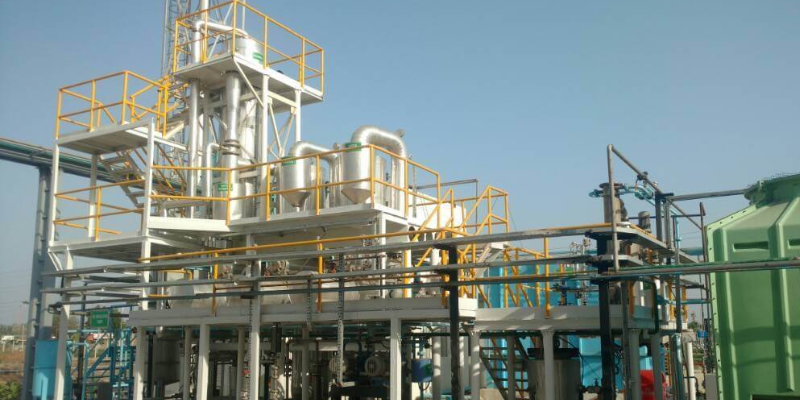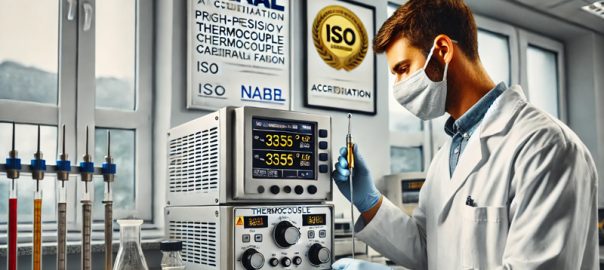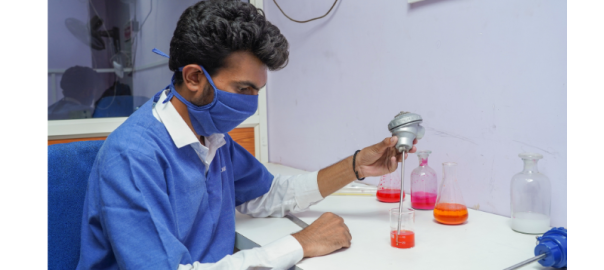
Introduction
In the face of escalating environmental concerns and stringent regulations, industries across the globe are increasingly adopting sustainable practices. One such practice is the implementation of Zero Liquid Discharge (ZLD) systems, which aim to eliminate wastewater discharge. Gujarat, a state in western India known for its vibrant industrial landscape, is at the forefront of this movement, showcasing a range of successful ZLD implementations.
What is Zero Liquid Discharge?
Zero Liquid Discharge (ZLD) is an advanced wastewater management approach that ensures that no liquid waste is discharged into the environment. The process involves:
- Treating wastewater to remove contaminants.
- Recycling and reusing the treated water within the industrial process.
- Evaporating the remaining liquid to recover salts and other solid residues.
Importance of ZLD
Implementing ZLD systems is crucial for several reasons:
- Environmental Protection: Prevents water pollution by ensuring that no untreated wastewater is released.
- Water Conservation: Maximizes water reuse, which is particularly vital in water-scarce regions.
- Regulatory Compliance: Helps industries comply with stringent environmental regulations.
- Economic Benefits: Though the initial investment is significant, long-term savings are realized through reduced water consumption and waste management costs.
ZLD Implementation in Gujarat
Gujarat has been proactive in adopting ZLD technologies, driven by both regulatory pressures and corporate responsibility. Several industries, especially in sectors like textiles, pharmaceuticals, and chemicals, have set up ZLD plants.
Case Study 1: The Textile Industry – Surat
The textile industry in Gujarat, a major contributor to the state’s economy, generates significant amounts of wastewater. Companies like Arvind Mills and Welspun India have implemented ZLD systems to manage their wastewater. These systems have not only helped in reducing environmental impact but have also enabled these companies to recycle and reuse a substantial portion of their water, thereby reducing their freshwater consumption.
Case Study 2: The Chemical Industry – Ankleshwar, Vapi and Dahej
The chemical industry, with its complex wastewater containing various pollutants, poses a significant challenge. Companies like United Phosphorus Limited (UPL) have successfully implemented ZLD systems, showcasing innovative solutions to treat and reuse wastewater. UPL’s ZLD plant treats wastewater through multiple stages, including biological treatment, reverse osmosis, and evaporation, ensuring no liquid waste is discharged.
Technological Advancements in ZLD
Technological advancements are continually improving the efficiency and cost-effectiveness of ZLD systems. Key technologies include:
- Reverse Osmosis (RO): Used to concentrate wastewater by removing dissolved salts and other impurities.
- Multi-Effect Evaporators (MEE): Efficiently evaporate water from the concentrated waste stream, recovering high-quality water for reuse.
- Crystallizers: Convert concentrated brine into solid crystals, enabling the recovery of valuable by-products.
- Advanced Oxidation Processes (AOPs): Break down complex organic pollutants, making the wastewater more amenable to treatment and reuse.
Challenges and Solutions
Implementing ZLD systems is not without challenges:
- High Costs: The initial setup and operational costs of ZLD plants can be prohibitive. However, government incentives and advancements in technology are helping to mitigate these costs.
- Technical Complexity: Managing diverse types of wastewater requires sophisticated technology and expertise. Partnering with experienced technology providers and continuous monitoring are crucial for success.
- Energy Consumption: ZLD processes, especially evaporation, are energy-intensive. Exploring renewable energy sources and energy-efficient technologies can help address this issue.
Government Support and Policy Initiatives
The Government of Gujarat has been supportive of ZLD initiatives, offering incentives and facilitating technology adoption. Key policy measures include:
- Subsidies and Financial Incentives: The state government provides financial assistance to industries for setting up ZLD plants, reducing the burden of initial investment.
- Regulatory Framework: Stringent regulations mandate the implementation of ZLD systems in highly polluting industries, ensuring compliance and environmental protection.
- Research and Development: Support for R&D initiatives aimed at developing cost-effective and energy-efficient ZLD technologies.
Future Prospects
With ongoing research and development, the efficiency and cost-effectiveness of ZLD systems are expected to improve, making them more accessible to a wider range of industries. Innovations such as low-temperature evaporation, hybrid treatment systems, and integration with renewable energy sources are poised to revolutionize ZLD technology.
Conclusion
Zero Liquid Discharge plants represent a significant step towards sustainable industrial practices. Gujarat’s proactive approach and successful implementations serve as a model for other regions. By continuing to innovate and invest in ZLD technologies, Gujarat can ensure a cleaner and more sustainable future for its industries and communities.












